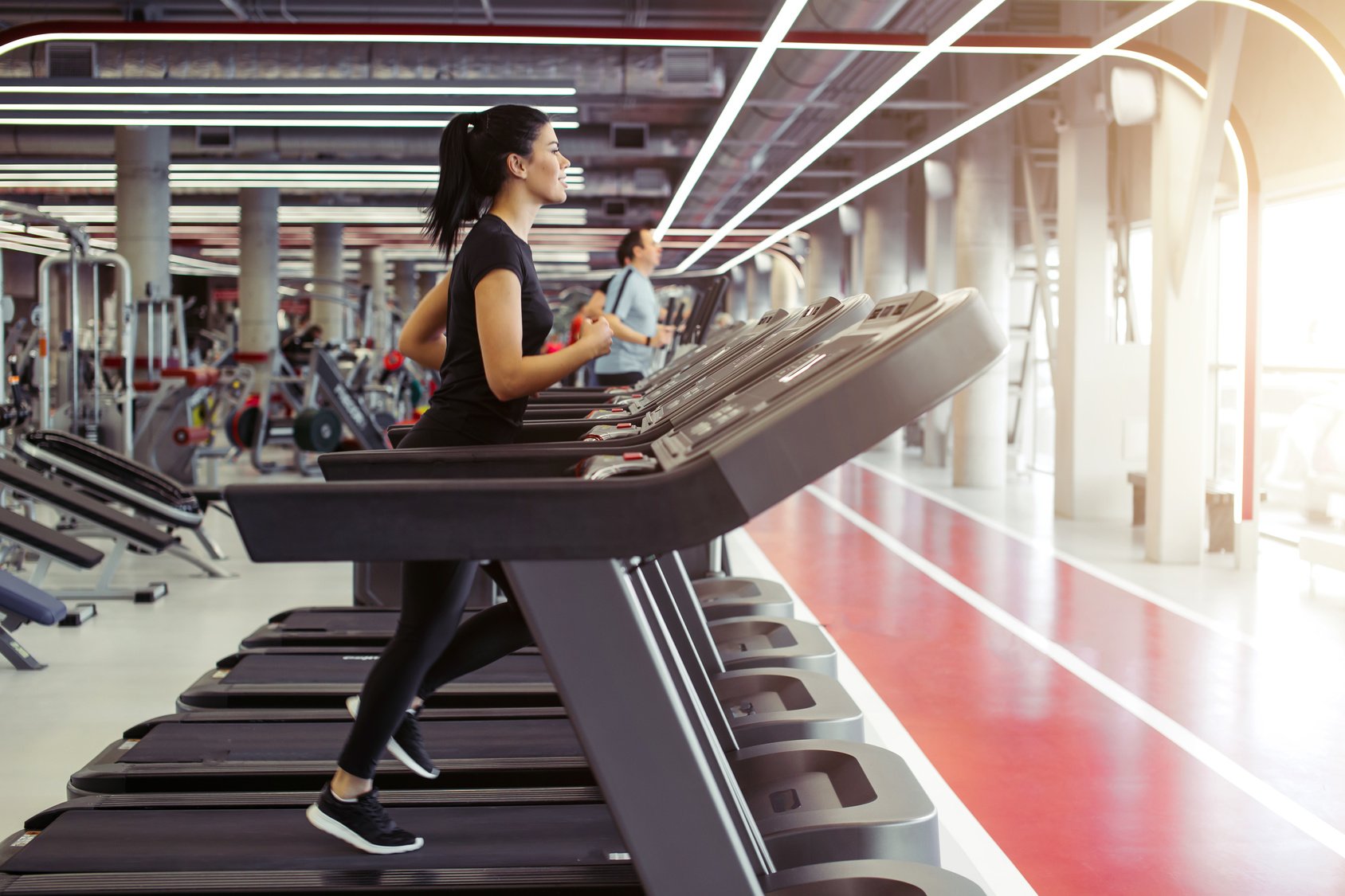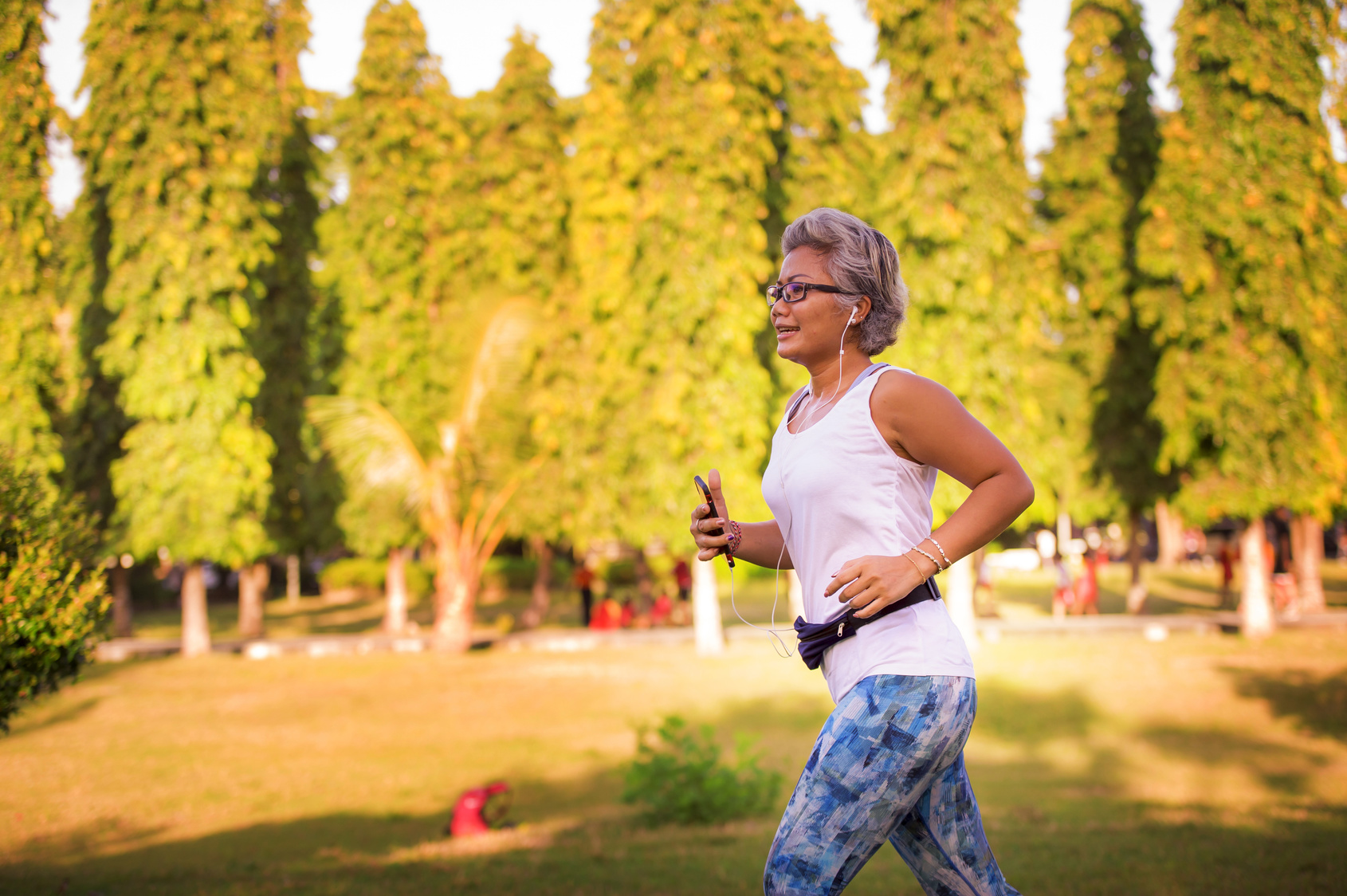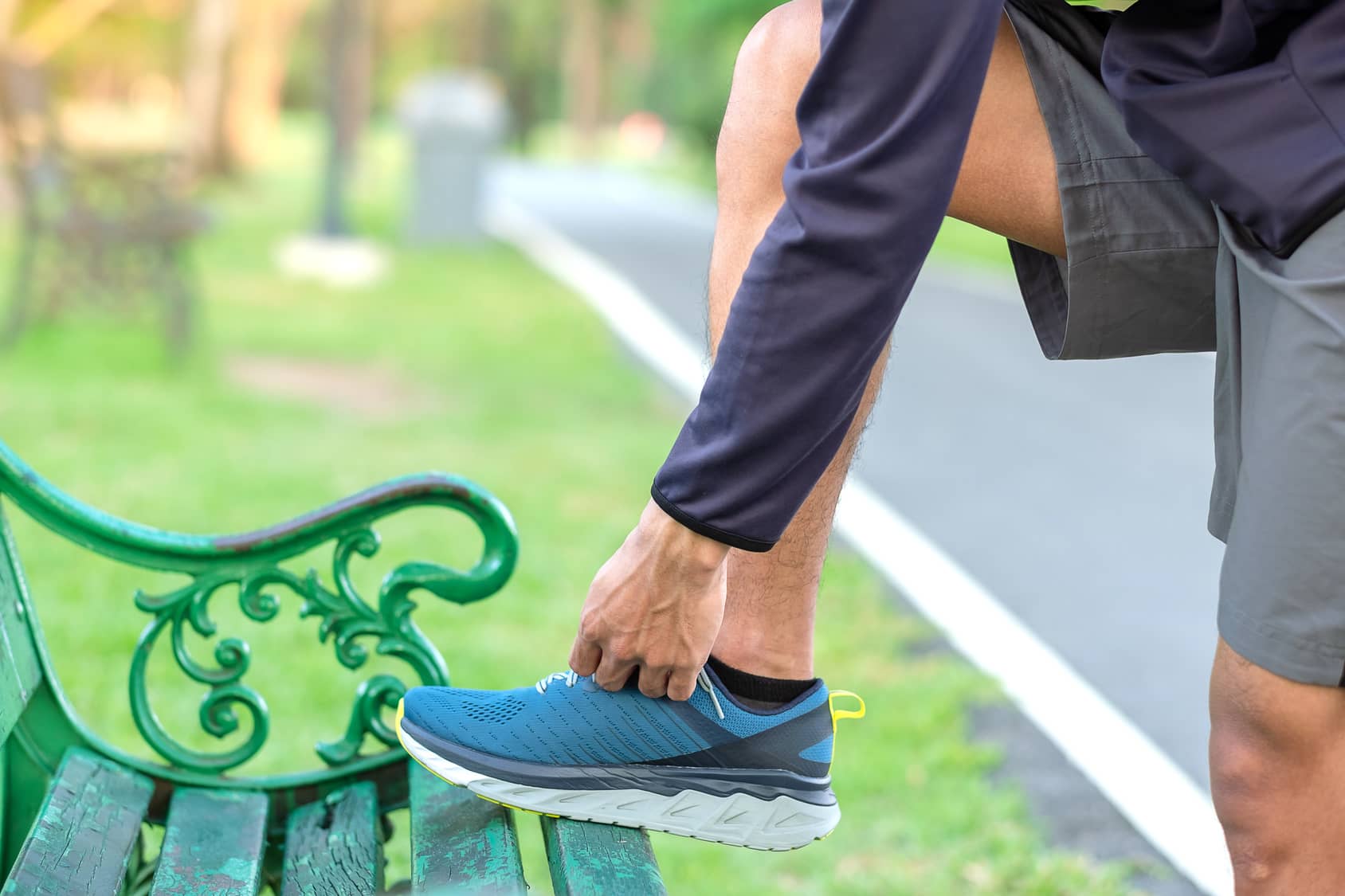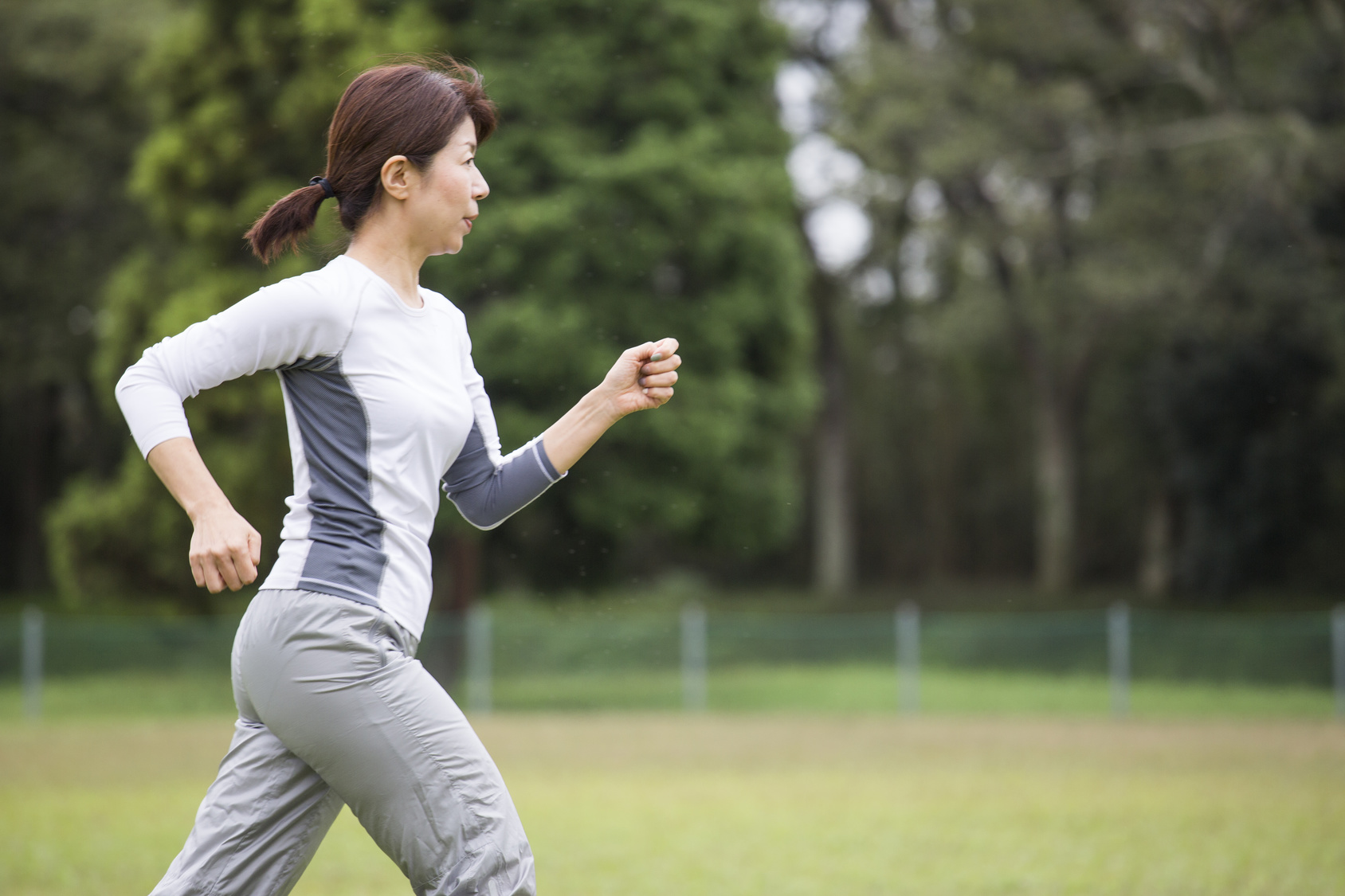You’re cruising two miles into your run. The weather’s crisp, legs are warm, you’ve finally found that sweet rhythm—and then boom.
Out of nowhere, your thighs start itching like you’ve rolled through a patch of poison ivy.
You try to ignore it, but within a minute or two, you’re pulled over on the sidewalk, clawing at your legs like a maniac. Yeah. I’ve been there. It’s not just annoying—it can straight-up kill a good run.
This, my friend, is runner’s itch. And no, you’re not broken. It’s way more common than you think.
I’ll say this upfront: an itchy run doesn’t mean you failed—it means your body’s trying to tell you something.
Your skin, your nerves, your blood vessels—they’re all part of the game.
If you don’t learn to listen, it’ll keep messing with you. But if you do? You can fix it.
This guide breaks it all down: what runner’s itch really is, why it happens (especially when you’re starting back up), and most importantly—how to stop it from ruining your training.
Because itchy legs shouldn’t be the thing that takes you out of the fight.
What the Heck Is Runner’s Itch?
Let’s get real: runner’s itch feels like your legs are under attack by invisible fire ants.
It starts in the thighs or calves, but can creep up your stomach, arms, or back when you’re out putting in the miles.
Some runners describe it as tingling. Others say it feels like their skin’s being pricked by a thousand tiny pins. Either way—it sucks.
So what’s going on?
Technically, it’s called pruritus—a skin reaction triggered by irritated nerve endings or skin cells.
It’s like your body’s version of a smoke alarm: when something gets stirred up—heat, sweat, pressure, friction—it sets off that itch response.
When you’re running, this often happens because blood starts flowing like crazy to your muscles.
That increased circulation stimulates the surrounding nerves, especially if they haven’t been stretched or challenged in a while. The result? Pure itch madness.
Now let’s squash a common myth: runner’s itch has NOTHING to do with being dirty or unhygienic.
It’s not about skipping a shower or wearing the same shorts twice. It’s a real, physiological thing. You’re not imagining it, and you’re definitely not the only one.
The good news? Runner’s itch is almost always temporary.
The bad news? It’ll keep showing up unless you deal with the root cause.
So let’s dig into the biggest triggers—and how to stop them from taking over your next run.
Sweat, Fabrics & the Itch From Hell
Let’s talk about something no one brags about on Strava: the mid-run itch that makes you wanna claw your skin off.
Sometimes, it’s not your training. It’s not your diet. It’s your damn shirt.
Clothing-related skin irritation (a.k.a. clothing dermatitis) is way more common among runners than most realize. Think about it—tight, synthetic gear pressing against sweaty skin for an hour straight? That’s a recipe for redness, itching, and pure misery.
I’ve had days where my waistband felt like sandpaper by mile five. That wasn’t bad training. That was sweat, salt, and friction conspiring to ruin my run.
Synthetic stuff like polyester, spandex, or nylon? They’re great when they’re high quality and designed to breathe—but a cheap pair of tights from a bargain bin? Forget it.
Those things trap sweat like a sauna and rub your skin raw.
Some runners react to the dyes or chemicals in new gear, too.
One runner I know bought new compression leggings, wore them for a tempo run, and came back looking like she’d tangled with poison ivy.
Legs covered in red, itchy blotches. It was brutal—and totally preventable.
And cotton? Don’t even get me started. Sure, it feels comfy at first.
But once it’s soaked, it sticks, chafes, and holds onto every grain of salt. It’s like running wrapped in a wet towel.
Your Body’s Plot Twist: The Histamine Hit
Here’s where it gets weird.
It might not be your gear. It might be your immune system.
Turns out, exercise itself can trigger histamine release, even if you’re not allergic to anything. Wild, right? Your muscles actually spit out histamine during hard efforts to help with blood flow and endurance. Smart move by your body… except histamine also happens to make you itch.
So now you’re on a run, your blood vessels are dilating, histamine is doing its thing—and boom, your skin’s lighting up like it lost a fight with a nettle bush.
In 2017, researchers confirmed this isn’t just anecdotal. Your body releases histamine during workouts, and for some runners, that means full-body itching or red blotches that feel like hives.
I’ve known runners who swore they were allergic to exercise—turns out it was this exact reaction.
Some even got relief by popping a non-drowsy antihistamine like Claritin or Zyrtec before heading out. If you’ve ever scratched through a long run and thought, “Why the hell does this only happen on hard days?” — histamine might be to blame.
One runner I talked to had itching so bad it felt like fire ants under her skin during long runs. Her doc diagnosed it as mild urticaria triggered by exercise. Now she carries Benadryl on long runs just in case, and problem solved.
Heads up: this kind of histamine itch is especially common when you’re getting back into running after time off, or pushing a new training block.
The good news? Your body adapts over time and usually chills out.
But in the meantime, don’t be afraid to test the antihistamine route—just know some of the older ones like Benadryl might knock you out if you’re not careful.
When It’s Not “Just Itch”: Exercise-Induced Urticaria
Now, if your itch looks less like a nuisance and more like a full-blown allergy party—you’re not imagining things. You might be dealing with exercise-induced urticaria.
This isn’t your average scratchy legs. This is the real-deal allergic response, where your body starts flaring up with hives, swelling, and other not-so-fun extras like:
- Red welts or rashes
- Swelling in weird places (hands, face, even tongue)
- Wheezing or trouble breathing
- Lightheadedness, or worse
I once read about a runner who went out for a cold morning 10K and had to rush to urgent care because her legs erupted in hives and her hands swelled so badly she couldn’t bend her fingers.
Diagnosis? Cold-triggered exercise-induced urticaria. With the right meds and plan, she kept running—but now she knows to prep like it’s a combat mission when temps drop.
This condition usually shows up during high-effort runs and in extreme temps (hot or cold).
It’s rare, but it’s real. And if you’ve ever had symptoms like the ones above, don’t just write it off as “weird runner stuff.” Talk to a doc.
And here’s the test: if your itching fades once the run ends, it’s probably garden-variety runner’s itch.
But if you’re getting hives, swelling, or the itch sticks around after your cooldown? That’s when it’s time to dig deeper.
How to Stop Itchy Legs While Running
Alright, let’s talk about runner’s itch — that miserable, scratchy, “get-me-out-of-my-own-skin” feeling that hits right when you’re finally getting into your stride.
If you’ve ever wanted to peel off your legs mid-run, you’re not alone.
Good news? You don’t have to suffer or stop. There are some solid tricks that can help you calm the itch down while you’re running. Let’s get into it.
1. Warm Up Like You Mean It
Don’t blast into your run like you’re late for a bus. Going from zero to sprint shocks your system — especially those tiny capillaries under your skin.
The sudden blood rush? That’s what often sets off the itch.
So, slow roll into it. Start with 5–10 minutes of brisk walking, a little light jogging, or some dynamic stretches to ease your body into “run mode.”
This warm-up trick alone has stopped the itch cold for a bunch of runners I’ve coached.
Think of it like easing into cold water instead of cannonballing — your nerves appreciate the warning.
2. Moisturize Before You Lace Up
Dry skin itches — that’s just science. Before heading out, hit your legs with a gentle, fragrance-free moisturizer.
Coconut oil or aloe vera gel? Great choices if you want something light and natural.
Just make sure you test anything new on a small patch first — nobody wants a full-body freakout mid-run.
Bonus: moisturizing acts like a mini shield. Keeps sweat and irritation from going full beast mode.
3. Skip the Steamy Shower Before You Run
Hot showers strip away natural oils from your skin and leave you vulnerable to irritation.
They also crank up your skin temp, which makes itching more likely once you start sweating.
If you need a shower before your run (hey, no judgment), go lukewarm. Maybe even finish with a cool rinse to calm things down.
Save the hot soak for after your miles — and slap on some moisturizer post-run too.
4. Dress Smart (Your Clothes Might Be the Problem)
Your running gear is either your best friend… or the reason you’re scratching your legs raw.
Here’s the deal:
- Go for smooth, moisture-wicking fabrics — stuff made for sweat, not cotton from your high school gym days.
- Watch out for tight bands around your thighs or calves — they can mess with blood flow and trigger irritation.
- Avoid clothes with rough seams, scratchy tags, or chemical residue (always wash new gear before wearing).
- If it’s chilly? Try merino wool or compression layers — they keep you warm, manage moisture, and reduce friction. Just make sure you’re not allergic to wool.
Oh — and if your laundry detergent is full of scents and chemicals, ditch it. Hypoallergenic stuff is where it’s at. Your legs will thank you.
5. Don’t Scratch — Cool It
You’re mid-run. The itch is building. You want to stop and claw at your legs like a wild animal. Don’t.
Instead, cool the area down. Splash water on it. Run through a sprinkler.
Use a damp cloth if you’ve packed one. Some runners even carry menthol wipes or a cooling spray.
That cooling effect? It messes with your nerve signals and tells your brain to chill out.
If you’re near an AC vent or a shaded area, slow down and let your skin reset for a sec. Way more effective than tearing your skin apart.
6. It’s Okay to Walk for a Minute
Sometimes, you’ve just got to pause. Walk it out. Let your blood flow stabilize. This doesn’t mean you’re weak — it means you’re smart.
Most runner’s itch fades after a few minutes once your circulation catches up. Once it eases, get back to running — but ease into it.
Over time, as your body gets used to regular workouts, these episodes should fade. But don’t be afraid to take a quick break. Your pace will still be there when you’re ready.
Long-Term Fixes: Keep the Itch Away for Good
Quick tricks are great — but prevention is the long game. Here’s how to make sure you’re not doing the itchy-leg shuffle every week:
Run Regularly (Seriously)
The number one fix? Consistency.
When you run regularly, your blood vessels and nerves adapt. That shocking rush of blood that used to trigger itching? Your body stops freaking out about it.
Take long breaks from running, and you’ll probably get itchy again when you come back. Stay in the habit — even if it’s short, even if it’s just a walk-jog loop during a busy week.
Switch to Gentle Laundry Detergent
This one’s huge. Harsh detergents + sweat = skin rebellion.
Go for fragrance-free, hypoallergenic detergents — and skip the fabric softeners. They coat your clothes with chemicals your skin might not love.
Bonus: your tech fabrics will last longer without all the extra gunk.
Gear Up Right (Compression Might Be Your Friend)
- Compression shorts or tights can cut down on thigh friction and keep things in place.
- In cold weather? Compression socks or tights help warm up those blood vessels gently.
- In the heat? Lightweight, breathable shorts and tops are your best bet.
- And your socks matter too — bad ones can set off irritation that creeps up your legs. Make sure they breathe and don’t contain materials your skin hates.
Bottom line: wear what works for your skin. And adjust with the seasons.
Keep That Skin Happy: Ditch the Itch Before It Starts
Let’s be honest—there’s nothing more annoying than being 10 minutes into your run and suddenly your legs feel like they’ve been invaded by fire ants.
Runner’s itch is real, and while it’s not dangerous, it can be enough to mess with your flow—or make you want to scratch your skin off mid-stride.
Good news? You can fight back. Here’s how I (and a bunch of other runners I know) keep the itch from taking over:
Hydrate Like You Mean It
This one’s basic, but easy to overlook. If you’re dehydrated, your skin dries out—and dry skin = itchy skin. I used to think hydration was just about muscles and cramps, but turns out it’s also key for keeping your skin from freaking out.
Make it a habit: drink water throughout the day, not just right before you lace up. On long runs, sip during, and always rehydrate after. If you’re running in dry air (hello winter or desert trails), a humidifier at home can help your skin recover overnight.
If You’ve Got Allergies, Try an Antihistamine (Smartly)
For runners who break out like clockwork during spring or after workouts, histamine might be the culprit. I’ve known athletes who swear by a non-drowsy antihistamine—taken about an hour before a run—to keep the itch monsters at bay.
Loratadine or cetirizine are solid go-to’s, but here’s the deal: always test these on a chill day first to see how your body reacts. You don’t want to be three miles out on a trail when your brain suddenly hits nap mode.
And don’t rely on meds alone—clean up other factors too. The pill helps, but it’s not your free pass to ignore pollen, dry air, or overworked skin.
Shave Smarter (Or Maybe Don’t)
Here’s a weird truth: shaving your legs right before a run can wreck your skin. I learned this the hard way—fresh shave, hot day, long run…burned like hell. Turns out shaving causes micro-cuts, and when you mix that with sweat and friction? Instant itch-fest.
If smooth legs are your jam, shave the night before. That gives your skin time to chill. Some runners actually itch less when they skip shaving altogether, since leg hair can wick away sweat.
The main thing? Avoid going straight from razor to road. And if you do shave, use a sharp blade and legit shaving cream—none of that dry razor stuff.
Build a Post-Run Skin Routine
The little things stack up fast.
- Shower soon after your run. Use lukewarm water and mild soap to rinse off salt, sweat, and anything you picked up in the air.
- Moisturize after. Your skin just went through a lot—give it some love.
- Know your triggers. If pollen wrecks you, avoid high-pollen areas or run with a buff or nasal filter. Sunlight making you itchy? Wear sweat-proof SPF or lightweight UPF gear.
- Soothe when needed. Oatmeal baths and aloe gel are old-school favorites. Do they fix everything? No. But when you’re itchy, every bit of relief helps.
Checklist for an Itch-Free Run
Stack the odds in your favor:
- Hydrate like a champ
- Think ahead with shaving
- Have a post-run shower/skin routine
- Try antihistamines if allergies are a known issue
- Avoid tight, scratchy clothes
- Slow down when you feel that tingle creeping in
Do all this consistently, and pretty soon you’ll forget runner’s itch was even a thing.
When It’s Not Just a Little Itch…
Okay, real talk. Most of the time, runner’s itch is harmless. But there are a few red flags you need to not ignore. If things start getting weird, stop and reassess.
🚩 Dizzy or lightheaded + itchy? Could be blood pressure dropping or a bigger allergic response. Don’t mess with it.
🚩 Huge hives or welts? A few red spots from scratching is fine. Full-body hives? That’s your body saying “Get help.”
🚩 Swelling—especially face, lips, or hands? Serious stuff. Could be angioedema, which is a big-deal allergic reaction.
🚩 Can’t breathe or wheezing? Exercise-induced anaphylaxis is rare, but it exists. If breathing gets tight, stop immediately. This one can be dangerous.
🚩 Burning pain or deep discomfort? Runner’s itch might suck, but it shouldn’t hurt. Pain could mean nerves or something deeper going on.
🚩 Still itchy long after your run? Normally, the itch chills out when you cool down. If you’re still scratching hours later—or the next day—it might be a skin condition or allergy that needs real attention.
📣 Coach’s tip: Listen to your body. Trust your gut. Better safe than sorry.
Watch Out for the Red Flags
There’s a rare condition called cholinergic urticaria — a fancy name for when your body basically freaks out during exercise. Sometimes it’s triggered by heat, sometimes food, sometimes both.
I’ve heard from runners who could eat shellfish just fine — until they went for a run an hour later. Boom: hives, rash, even full-blown anaphylaxis in extreme cases.
That’s no joke. If you notice a pattern — like itching plus wheezing, dizziness, or swelling after eating certain foods and then running — stop trying to “tough it out.” Get yourself to an allergist.
They can run tests and figure out if you’ve got a rare combo like exercise-induced anaphylaxis.
And yeah, in those cases, they may have you carry an EpiPen. Better to have it and never use it than the other way around.
Could It Be Eczema or Something Else?
If you’ve got eczema or dermatitis, running might just pour gas on that fire.
Sweat, friction, heat — it’s a flare-up cocktail. Doesn’t mean you can’t run, but you’ll need a dermatologist in your corner to help manage it.
Medicated creams, good gear, maybe even barrier creams before long runs — all part of the plan.
And here’s another curveball: thyroid issues or blood sugar problems (think diabetes) can also make your skin act up when you exercise.
Not super common, but if your itch feels weird, persistent, or comes with other symptoms? Time to get checked out.
Know When It’s Not “Just Annoying”
If your itch shows up with other symptoms — like:
- Dizziness
- Shortness of breath
- Hives that don’t go away after your run
- Swelling in the face, lips, or throat
…then your body isn’t just complaining — it’s warning you. Pay attention.
Docs can do exercise allergy testing and find out what’s really going on. Might be nothing. Might be a big deal. But you won’t know until you look into it. And yeah, missing one run to get evaluated beats the hell out of a mid-run emergency.
As I always say to my athletes:
“An itchy run isn’t a failure — it’s feedback.” Your body’s trying to tell you something. Don’t ignore it.
Run Through It — or Run Smart?
Most of the time, itchy legs are just your body saying, “Hey, we’re getting back into the game.” It happens. Especially if you’re just starting out, or if it’s been a while since your last run. The good news? It usually fades as you get fitter.
So What Can You Do?
- Run regularly (your body adapts faster with consistency)
- Moisturize dry skin before and after
- Ditch rough, irritating fabrics — wear smooth, moisture-wicking gear
- Avoid known triggers (for some, it’s food, weather, stress — track your patterns)
You don’t need to suffer every time you lace up. I’ve coached plenty of runners who thought they had to “just live with it.” Not true. Once you dial in the right routine, the itch often disappears.










